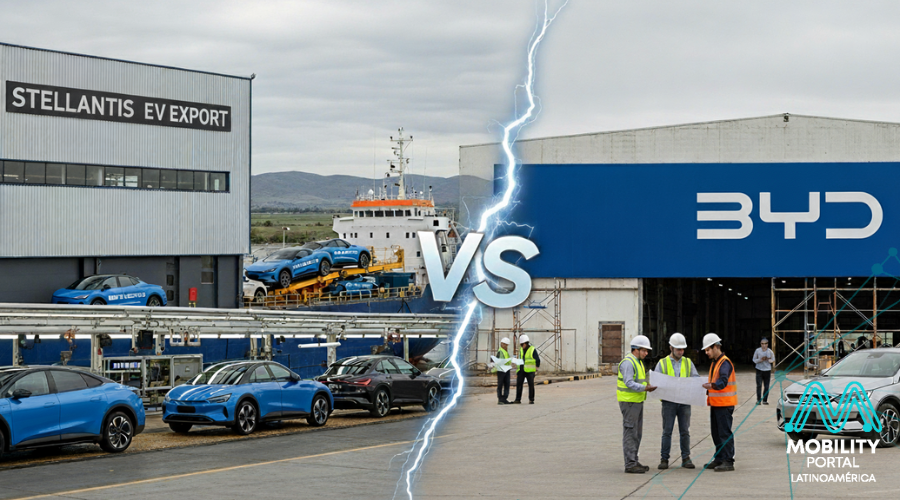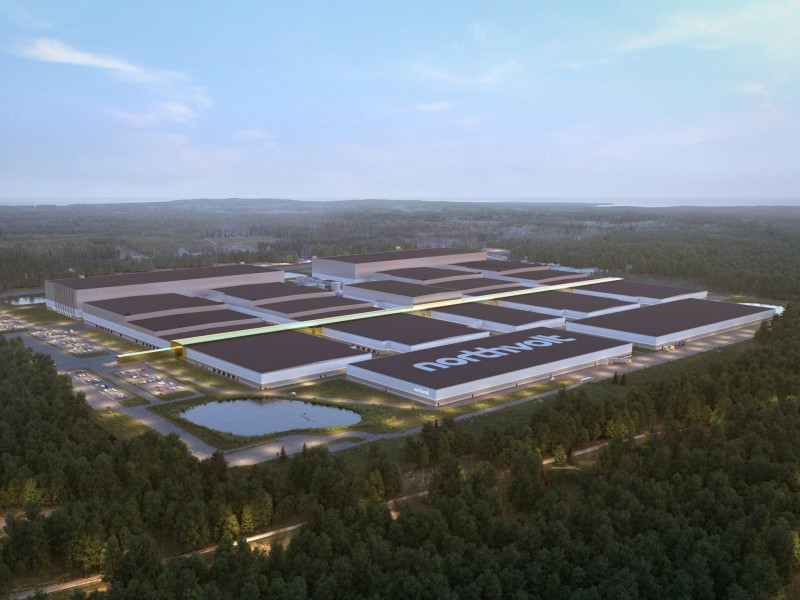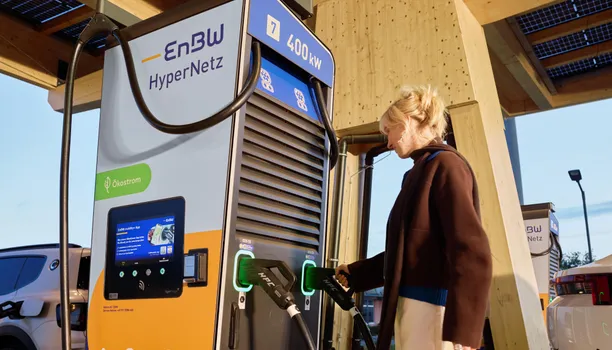Stellantis has made its move on the manufacturing front.
At its El Palomar plant, it is now producing the Peugeot 208 and 2008 Bio-Hybrid (MHEV) models, with Brazil as the first export destination.
This approach prioritises regional scale and foreign currency generation to maintain plant viability, using mild hybrid technology that, in Brazil’s case, can even run on ethanol (Flex Hybrid).
The company presents this as the first volume of “electrified” vehicles manufactured in Argentina under such a scheme.
In contrast, BYD has chosen to focus on selling locally first.
The brand has launched pre-sales, established a local subsidiary, and begun building a dealership network initially covering Buenos Aires, Córdoba, Mendoza, and Tierra del Fuego.
The first announced models include both BEVs and PHEVs, with a focus on availability and after-sales service. The next step—currently under evaluation—is a local production facility.
The company has already registered as a manufacturer, and reports suggest it is actively assessing localisation.
This crossroads between exporting and building a domestic market prompted a response from ADEFA (the Association of Automotive Manufacturers), which told this publication:
“To maintain a strong and sustainable automotive industry, the business model must be based on globally specialised production aimed at export. This strategy requires scale and continuous improvements in competitiveness.”
From a policy perspective, both approaches are currently supported. On the supply side, the government has authorised 0% import tariffs for electric, hybrid, and fuel cell vehicles under an annual quota of 50,000 units.
In July, the Industry Secretariat finalised the allocation of the second batch of this quota, completing the 2025 allowance.
The tax agency AFIP defined criteria (split 25,000/25,000 and capped by FOB price), and several published lists show BYD as one of the main beneficiaries. The immediate effect: lower barriers to entry and greater model availability.
Argentina’s rules of the game
On the investment side, the Large Investment Incentive Regime (RIGI) was formalised in 2024 and has already approved projects, particularly in mining, with an active pipeline.
For automotive and parts manufacturers, RIGI offers long-term legal certainty for decisions on platforms, localisation, and product timelines.
What about the Argentinian consumer?
The market has shown signs of interest: electrified vehicle sales rose 56% year-on-year in the first half of 2025 (12,400 units), with MHEVs seeing strong growth, while BEVs still make up a small share of the total.
This growth is driven by relative pricing, greater product variety, and anticipation around the duty-free import quota. If the dealer network and after-sales support continue to improve, the “domestic market” strategy will gain momentum.
Both strategic vectors could be mutually beneficial—if coordinated properly.
The export model (Stellantis) brings industrial scale and foreign revenue, accelerates factory learning curves, and could eventually support domestic versions when cost structures allow.
The domestic market model (BYD) requires consistent signals: user incentives (such as tax breaks, toll exemptions), financing, and charging infrastructure to sustain volume.
Once again, ADEFA outlines the broader agenda:
“Our roadmap includes creating the right conditions for new technologies and investments, promoting commercial incentives (licensing, tolls, etc.) to help generate domestic demand, and encouraging the development of essential infrastructure for a sustainable market.”
For the sector, if the export model builds volume, Argentina strengthens its industrial base and gains credibility in the transition. If the domestic market model accelerates, access is democratised, and service networks expand.
The most impactful strategy is a hybrid one: exporting to sustain production, while selling locally to drive adoption. As the industry often says, the order of priorities is key: scale, regulatory stability, and clear signals to demand.
READ MORE
-
chargecloud Expands Marketplace with AI-Based Support: Cooperation with Lemonflow Technologies
The integration brings 24/7 AI-powered user support, fully embedded into the chargecloud ecosystem, aiming to enhance operational efficiency and service quality for CPOs across Europe.
-
EV transition in Europe slows, but momentum remains after EU climbdown
EU policy flexibility may ease short-term pressure on automakers, yet rising EV sales, infrastructure needs and long-term investment signal that electrification remains the industry’s core trajectory.
-
EnBW and Alpitronic strengthen long-term partnership to scale high-power charging across Germany
The agreement covers fast-charging hardware, joint development of future functionalities and a multi-year maintenance framework to support EnBW’s expanding HPC network.









